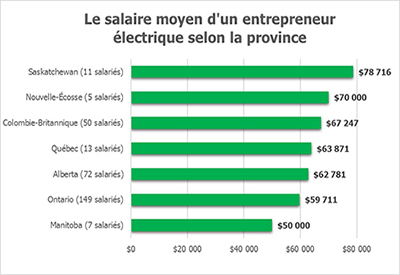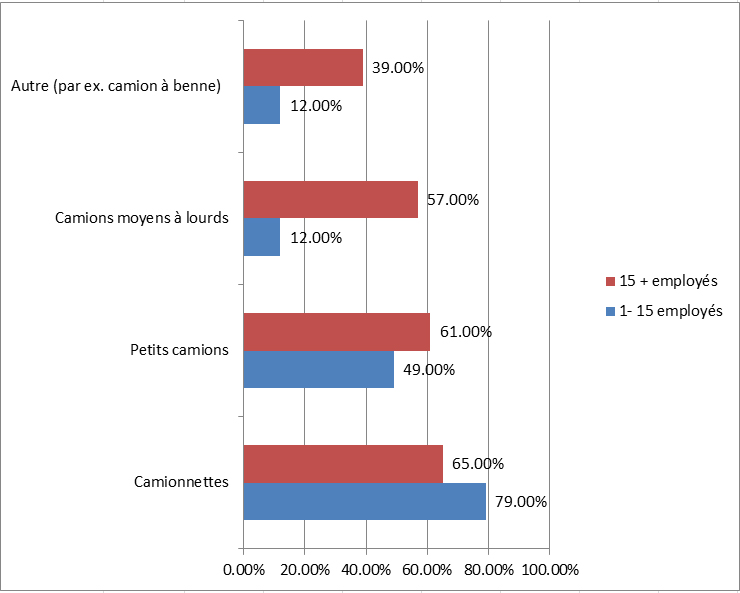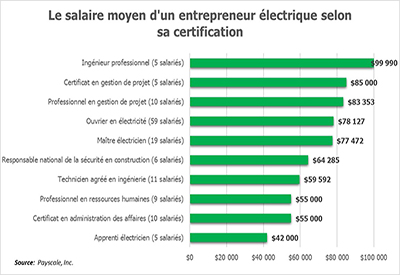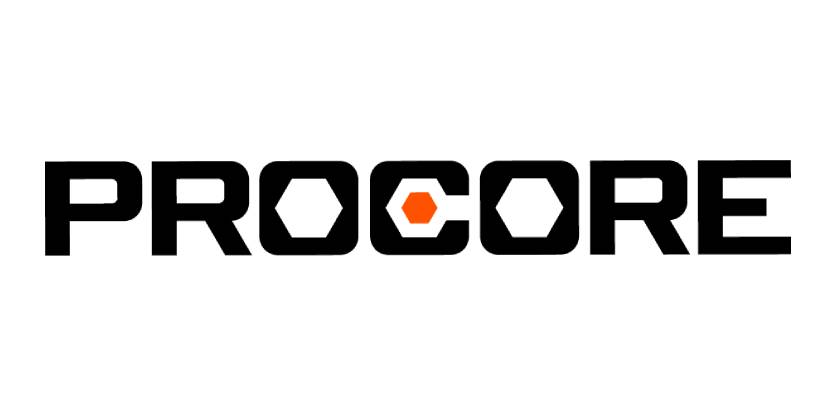Systèmes d’énergie renouvelable : ce qu’en dit la Section 64 du Code électrique
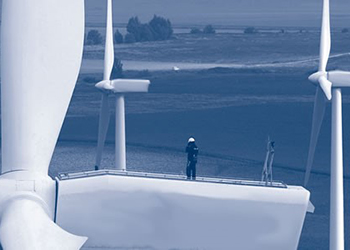
Avec l’accroissement et l’évolution des technologies associées aux systèmes d’énergies renouvelables, le Code canadien de l’électricité (code CE) édition 2012 a incorporé l’article 64 qui s’applique à l’installation de ces systèmes. L’article 64 fournit des directives pour l’installation d’équipements spécifiques tels que les onduleurs, systèmes de piles à combustible fixes, petits et grands systèmes éoliens, des systèmes de micro-centrales hydroélectriques, les systèmes d’alimentation d’hydroliennes et accumulateurs et comprend des exigences générales qui s’appliquent à chacun des systèmes mentionnés. Bien que ces systèmes ne soient pas encore très répandus à travers le Canada, ils apparaissent dans certains domaines et ne feront qu’augmenter.
L’article 64 a été mis en place pour suivre le rythme des changements technologiques et promouvoir les avantages des systèmes d’énergie renouvelable, qui incluent :
• réduire le réchauffement climatique
• la conservation des ressources naturelles
• la protection de l’air, la terre et l’eau
• améliorer la santé et réduire les coûts de soins de santé
• la création d’emplois et le soutien aux industries émergentes
(Remainder of content for this article is in English)
With increased changes in technology associated with renewable energy systems, the Canadian Electrical Code (CE Code) 2012 edition has incorporated Section 64 to apply to the installation of these systems. Section 64 provides direction for the installation of specific equipment such as inverters, stationary fuel cell systems, small and large wind systems, micro-hydropower systems, hydrokinetic power systems and storage batteries and includes general requirements that would apply to each of the systems mentioned. While these systems are not yet common throughout Canada, they are appearing in certain areas and will only increase in numbers.
Section 64 was implemented to keep pace with technological change and promote the benefits of renewable energy systems which include:
· – reducing global warming
· – conservation of natural resources
· – protecting air, land and water
· – improving health and reducing health care costs
· – creating jobs and supporting emerging industries
Special Terminology Explained
Understanding this code section begins with Rule 62-002, Special Terminology. While most of the definitions are self-explanatory, others might need a little more explanation as they become specific to certain applications.
The definition for ‘controller,’ for example, is specific to the function of that controller and defined four different ways. A ‘Charge Controller’ specifically controls the charge (voltage and current) rate of a battery or other storage device. A ‘Diversion Charge Controller’ does the same, however when the battery or other storage device is fully charged, this controller diverts the excess energy generated to either a ballast load (dummy load) or to the interconnected grid. A ‘Diversion Load Controller’ is very much like a charge controller, however it diverts energy either to a ballast load or an interconnected utility and does not charge any battery. Finally a ‘Dump Load Controller’ is used to control generator output voltage by controlling the amount of energy dumped into a ballast load as the main load varies.
Several installations will forgo the installation of batteries and use the grid as an alternate storage device. In essence, this system simply sells power to the grid when excess power is generated and buys power from the grid when a lack of power is generated. A great example of this is the cycle of a residential photo voltaic system, with excess power generated during the day and the lack of power generated at night.
Hydrokinetic and Micro-Hydropower Systems
The term ‘Hydrokinetic’ is used to describe the conversion of kinetic energy of flowing water into electrical energy. While our first thoughts on this process is directed to hydroelectric dams that are used throughout the country, this term also refers to run-of-river type generation and generation of electricity using the motion of tidal waters. Micro-hydropower systems are those installations which resemble present day hydro-generation facilities by using flowing or falling water by head difference. These micro-hydropower systems could include components such as a water intake or weir, canal, forebay tank, penstock, powerhouse and tailrace. These micro-hydropower systems have a rated output of 100kW or less.
Two Sizes of Wind Systems
Section 64 separates Wind Systems into two sizes, with the large being any system with a rated output over 100kW and a small system rated up to and including 100kW. Definitions are included for the wind turbine, the wind turbine electrical system, the wind turbine generator, the wind turbine generator system and the wind turbine terminal.
Section 64 utilizes the many existing sections of the CE Code when describing installation requirements for these renewable energy systems. Section 4, 10, 12 and14 are referenced in many cases for conductor, grounding, wiring methods, overcurrent protection and disconnecting means. Specific references are also made for: marking (Section 2), grouping of disconnecting means (Section 6), classification requirements of certain aspect with Fuel Cells (Section 18), generator conductors (Section 28) and the interconnection of electric power production sources (Section 84).
The evolution of the requirements in Section 64 continues in the 2015 Edition CE Code, due for publication in January 2015 when the requirements of Section 50, solar photovoltaic systems, will be moved over. As this new technology evolves and more installations come on line, additional requirements will be needed to deal with the growing complexity of these systems. Each presents interesting challenges as we continue to understand them and develop the regulations and requirements that ensure continued safety.


